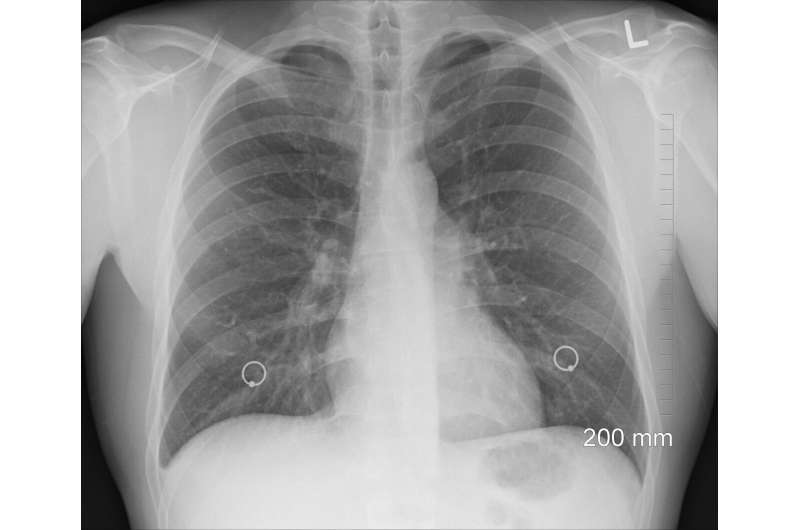How Minute Cellular Interactions Help Cancer Spread and Potential Therapeutic Opportunities

Recent research uncovers how subtle cellular signaling interactions may contribute to cancer metastasis, opening new avenues for targeted therapies that inhibit tumor spread without impairing immune responses.
Recent research highlights how subtle molecular interactions between cells and the immune system may facilitate the spread of cancer within the body. Scientists at Purdue University are exploring these intricate signaling pathways to better understand their role in metastasis, with the aim to develop targeted therapies that could inhibit cancer dissemination without impairing immune function.
Metastasis involves cancer cells following molecular trails—specifically chemokines—that guide them from the primary tumor to distant organs for colonization. Chemokines are small proteins secreted by cells when threatened by pathogens or tissue damage, attracting immune cells to the site of injury. These proteins bind to specific receptors on cell surfaces, known as G protein-coupled receptors (GPCRs), triggering internal signaling pathways that modulate cellular responses.
A key focus of recent studies is the atypical chemokine receptor 3 (ACKR3), which is part of the larger GPCR family. These receptors act as molecular sensors on cell membranes, which detect chemokines and initiate complex intracellular processes. In cancer cells, overexpression of ACKR3 enhances their ability to follow chemokine trails leading to metastasis. By deciphering how different molecular modifications—such as phosphorylation barcodes installed by specific kinases (GRKs)—affect receptor behavior, researchers aim to identify ways to control these signals.
The research, published in Nature, investigates how different GRKs (like GRK2 and GRK5) modify ACKR3, influencing how arrestin proteins interact with the receptor. These interactions determine the cellular response—whether it promotes movement and invasion or suppresses it. Structural studies reveal that specific molecular patterns, or barcodes, installed by these kinases can lead to different arrestin configurations, thereby modulating downstream signaling pathways.
Understanding these nuanced signaling mechanisms opens avenues for targeted therapeutics. Instead of completely blocking a receptor—which may impair immune responses—scientists hope to develop compounds that produce more precise effects, preventing cancer metastasis while preserving normal cellular functions. This approach aligns with broader efforts in drug discovery focused on manipulating cellular signaling with high specificity.
This groundbreaking work enhances our comprehension of the molecular machinery behind metastasis and points to innovative strategies to combat cancer spread. The findings emphasize the importance of cellular signaling complexity and the potential for tailored interventions that could transform future cancer treatments.
Stay Updated with Mia's Feed
Get the latest health & wellness insights delivered straight to your inbox.
Related Articles
The Impact of Degree of Weight Loss on Tirzepatide's Cardiometabolic Benefits
A new study shows that the extent of weight loss during tirzepatide treatment directly impacts improvements in blood pressure, insulin resistance, and cholesterol in adults with obesity or overweight.
Revealing the Broad Impact of ORC2 on Human Gene Regulation
New research uncovers the extensive role of ORC2 in regulating gene expression and chromatin structure in human cells, revealing unexpected breadth beyond DNA replication.
Rethinking COPD Diagnosis to Enhance Accuracy and Facilitate Early Detection
A new multidimensional diagnostic approach for COPD integrates symptoms and imaging data, enabling earlier and more accurate detection of at-risk individuals beyond traditional spirometry methods.
New Vaccination Strategy Shows Promise in Preventing Recurrence of Colorectal and Pancreatic Cancers
A novel off-the-shelf vaccine shows promise in preventing recurrence of colorectal and pancreatic cancers with KRAS mutations, offering hope for improved cancer immunotherapy outcomes.



